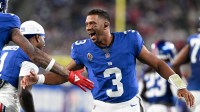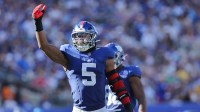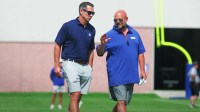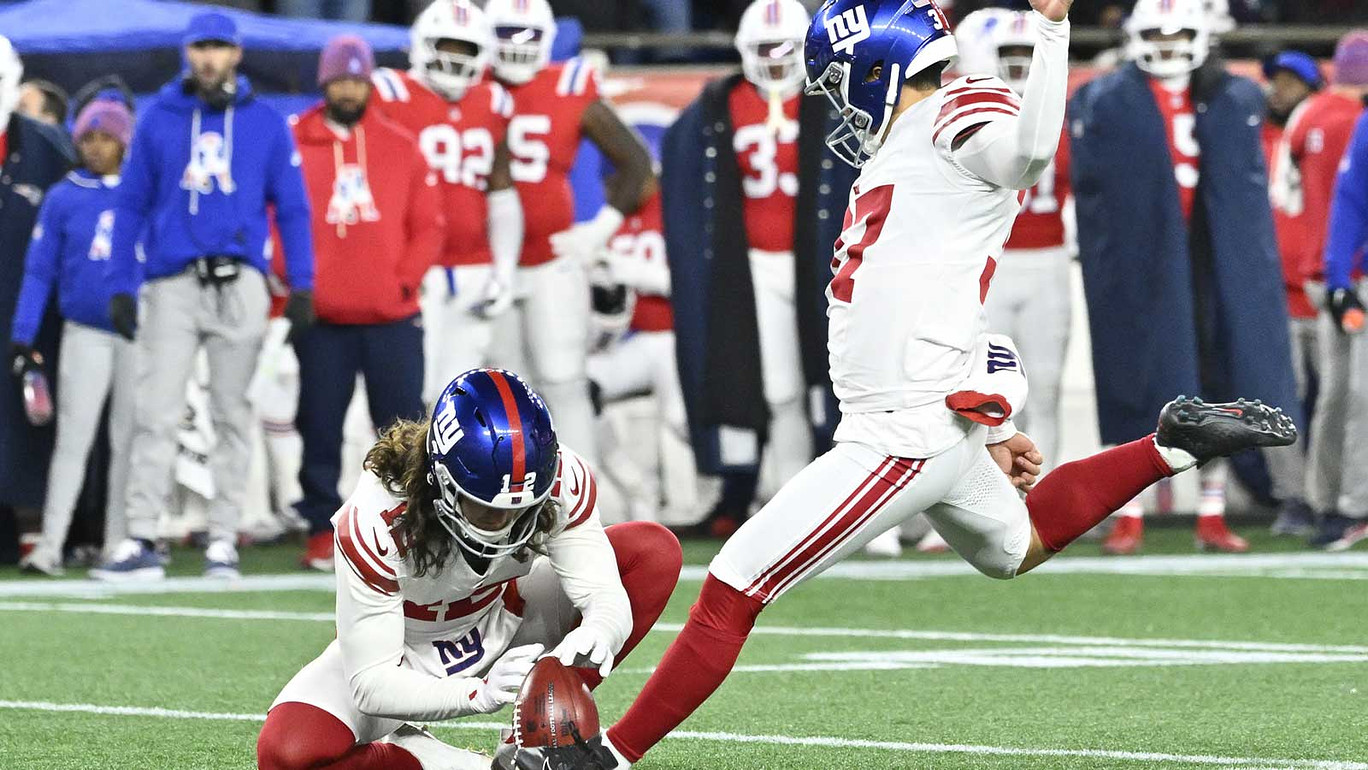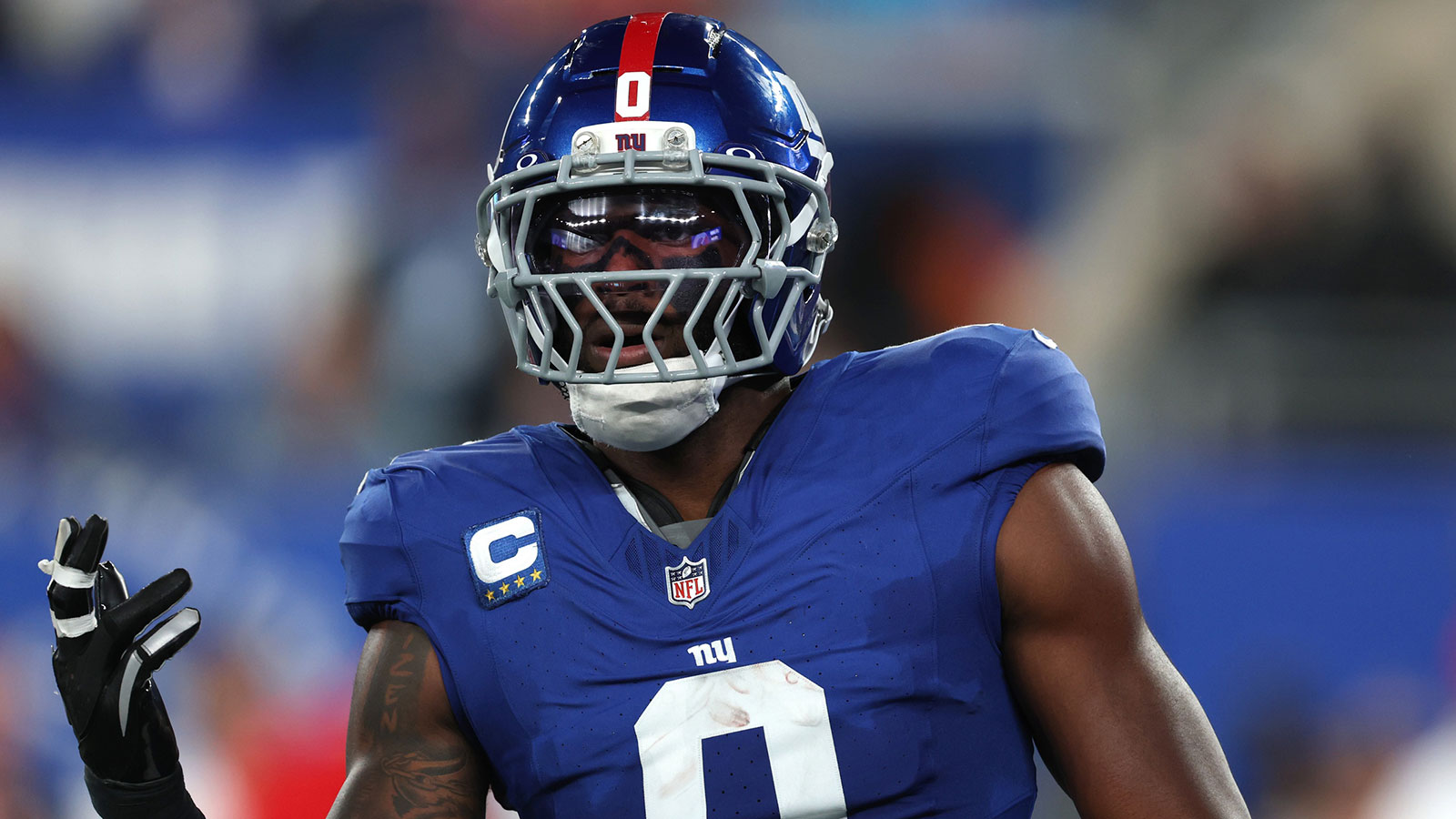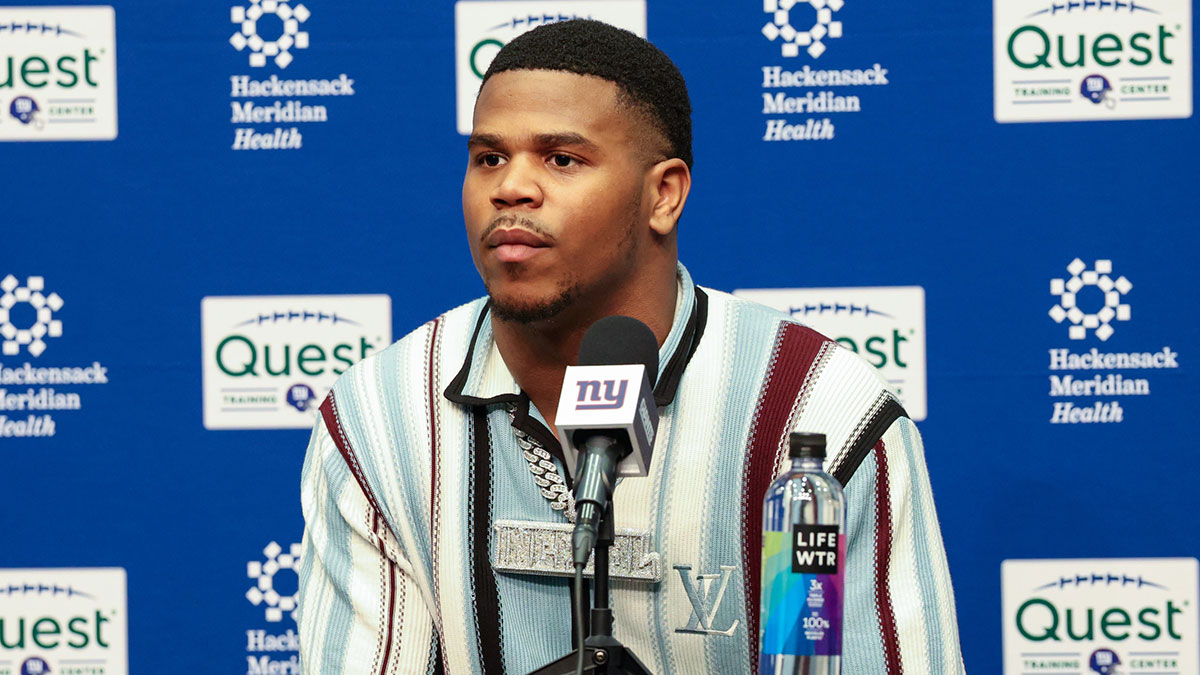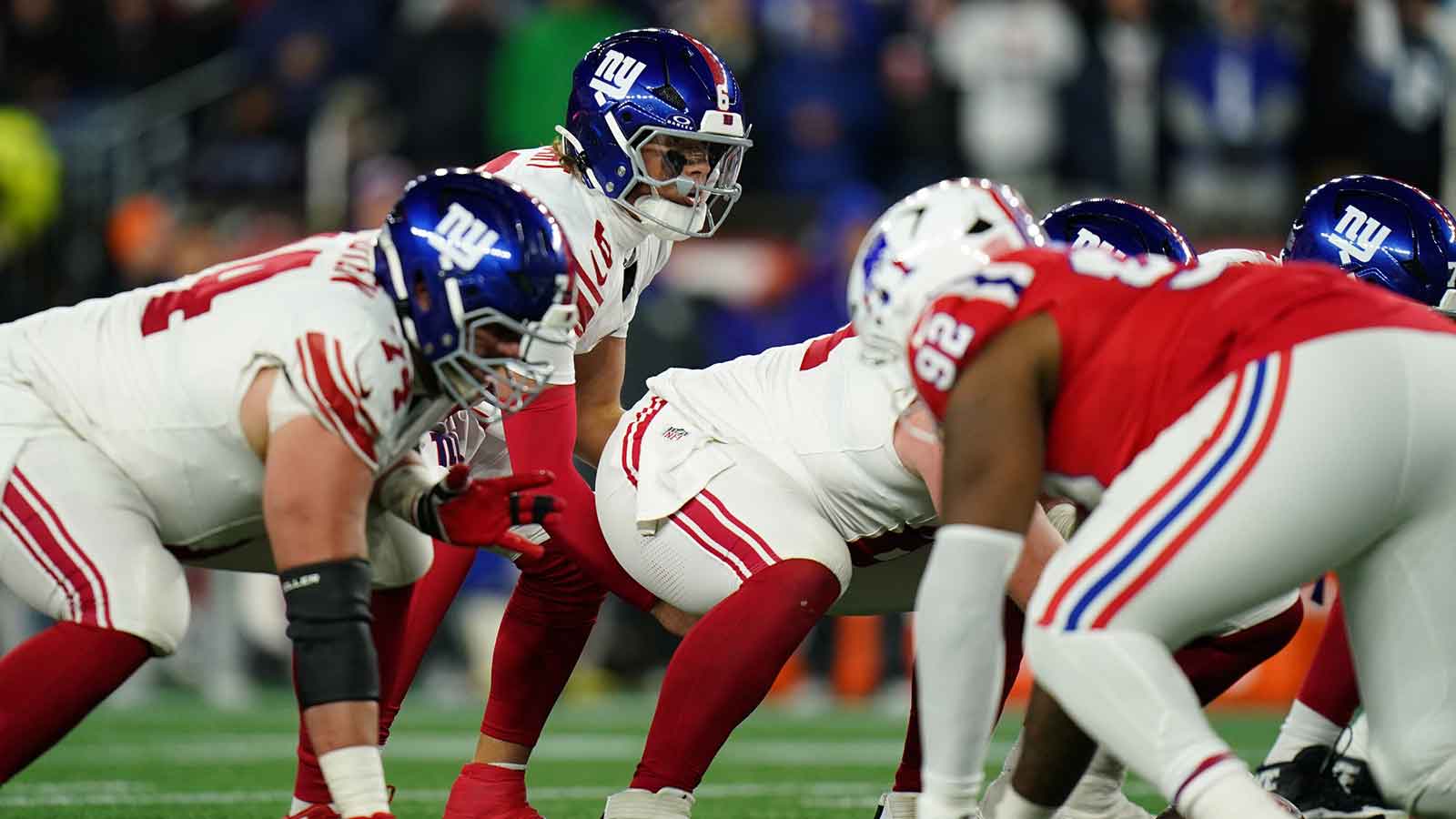No one in East Rutherford needed another setback at wide receiver, and yet here we are. On October 8, during a short week leading into Thursday Night Football, the outlook on Darius Slayton was already bleak: after exiting the prior game with a hamstring issue, he was not expected to suit up against the Eagles, a timely blow for a Giants receiving corps already stretched thin by Malik Nabers’ season-ending ACL injury.
And so the time goes on, and per Adam Schefter, Slayton did not practice today because of a hamstring injury, the latest sign that a short week works against any quick return. That tracks with earlier reporting that the plan was to be cautious, rather than risk a lingering soft-tissue problem that could cost multiple games if rushed.
The timing is brutal. Slayton had just reminded everyone why he’s been a steady target through multiple regimes, stacking tough catches and vertical wins even as coverage tilted toward Wan’Dale Robinson.
New York needs a field-stretcher to keep boxes honest and to create space for the quick game Mike Kafka wants for Jaxson Dart, or, if necessary, for the veteran relief plan behind him.
There is at least a shred of positive context from the weekend. After an initial scare, Slayton returned to action against Chicago and authored one of the season’s most absurd grabs, a one-handed snatch through flurries that jolted the sideline.
That sequence underscored what the Giants lose if he can’t go: a receiver who can erase tight windows with late hands and body control, a chain-mover who punishes off-coverage, and a trusted option on mirrored concepts Dart has leaned on since Week 4.
If Slayton sits, the responsibility redistributes quickly. Robinson becomes the volume option on choice and glance. Jalin Hyatt must turn air yards into actual yards, not just clear-outs. Beaux Collins enters as a boundary body on isolation snaps.
Theo Johnson and Daniel Bellinger likely see more stick, spacing, and red-zone snaps to help on third down, where New York can’t afford another 30-percent night.
This is where Kafka’s sequencing matters: lean into motion, early-down play action, and perimeter answers to keep Dart on time and out of obvious pass situations, while protecting a battered tackle group that can’t hold five- and seven-step drops forever.
Availability will tell the story, but the plan has to assume next-man-up until hamstrings say otherwise.



